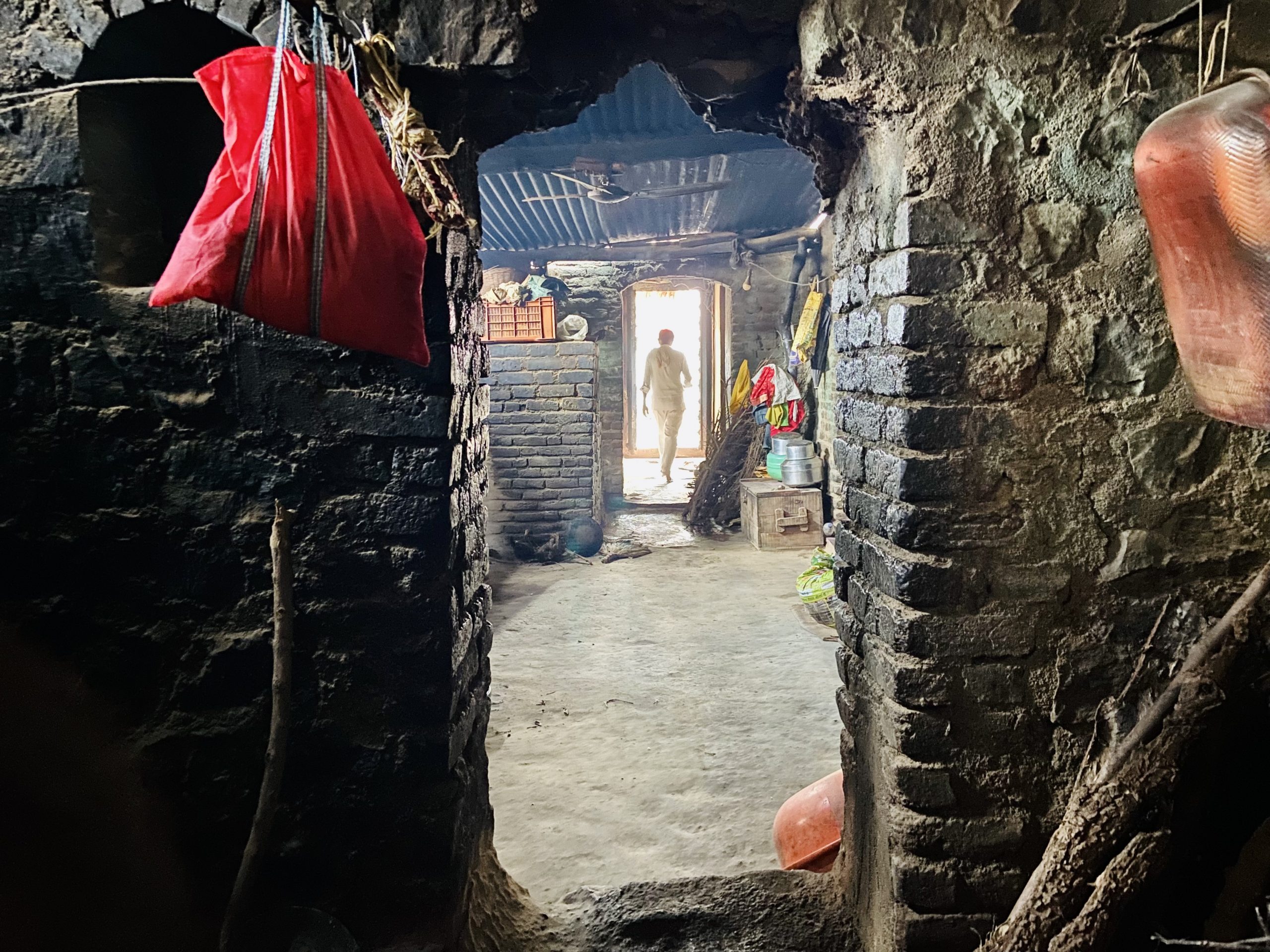In early 2021, Bhanubai Madhulkar Shinde went to a local clinic in her village in Beed, a small district in western India, with complaints of heavy menstrual bleeding. “There was lots of pain during the monthly cycle. It was extremely painful, and [I] would bleed heavily for days,” she said.
After an initial diagnosis, Shinde—only 32 at the time—was informed her uterus was “damaged” and that she might need to undergo a hysterectomy to resolve her ailment. Medical professionals warned her family that forgoing the surgery could prove lethal. “They told us that if she didn’t remove her uterus now, she would catch cancer,” said her husband, Madhulkar Shinde.
As Shinde mulled over the life-altering decision, the nurses at the clinic argued that the operation would not only “cure” her pains, but also release her from the “monthly problem” women face, allowing her to work longer hours in the fields alongside her husband.
“They told me, You already have two children. What do you need your uterus for now?” Shinde recalled. Although she wanted more kids, Shinde consented to the surgery because she feared death.
Shinde is among the thousands of women farm workers in Maharashtra, a drought-prone agrarian state, who over the past decade were persuaded into undergoing hysterectomies after receiving questionable advice from medical professionals, family members, and even employers.
Surveys commissioned by local NGOs in 2018 and confirmed by a government committee investigation in 2019 found that the rate of hysterectomies among women from Beed was 36%—14 times higher than the national average of 3%.
Atmos interviewed nearly three dozen women from across five villages in Beed who had their uteruses removed in the last decade. In one of the villages, every family interviewed had at least two women who had a hysterectomy in the last five years. In most Beed towns and villages it was one woman per household.
The women interviewed had approached doctors for various gynecological ailments ranging from uterine cysts and irregular periods to urinary tract infections, among other issues. All were advised the surgery as a one-stop solution to their problems.
While many women no longer had their medical documents, Atmos was able to verify several of their medical histories leading to the surgeries. For instance, the official diagnosis on Shinde’s “operation card” issued during her treatment showed she had a uterine cyst. But nearly every one of the women interviewed said they were told that they could “catch cancer” if they didn’t remove their uteruses.
The motive? The women are being exploited for labor.

The region is known for sugarcane production—a physically demanding business. Workers toil for hours in the outdoors heaving heavy bundles of crops. Menstruation and pregnancies make work more challenging and at times impossible, so the contractors who supply farm owners with laborers encourage hysterectomies, offer loans to pay for them, bury these women in debt, and then force them to work to pay it off. Medical doctors, who think these women can’t afford prolonged medical care, do the same to secure that substantial payment. Now, as the demand for sugar rises and climate change makes those working conditions even more extreme, these malicious labor practices could become even more widespread.
Read full investigation on Atmos
